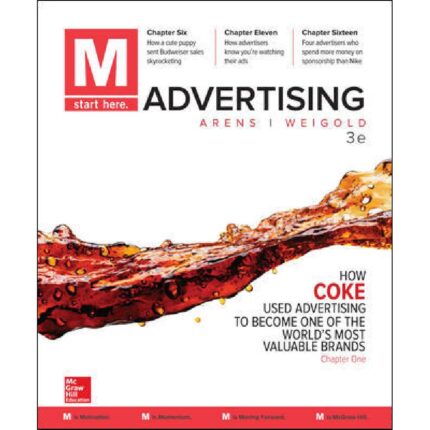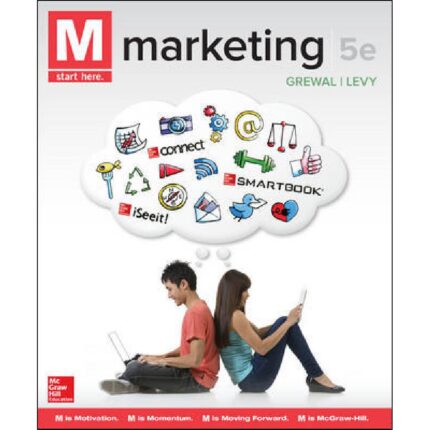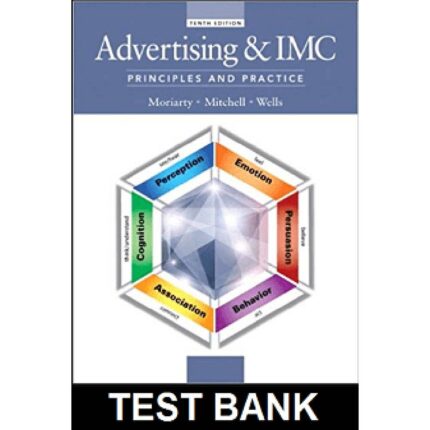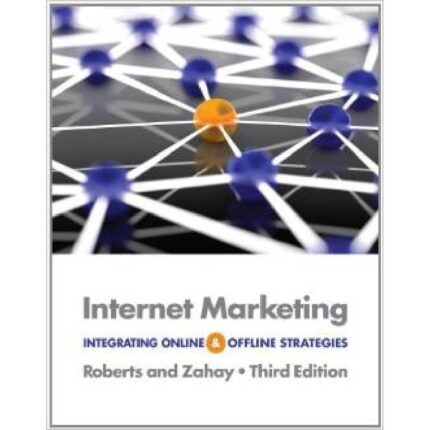Marketing Research 10th Edition By AAker Kumar Day And Leone – Test Bank
CHAPTER 11 Attitude Measurement
True- False
1. Attitudes are mental states in individuals that structure the way T
they perceive their environment and guide the way they respond to
it.
2. One of the reasons for measuring attitudes instead of behavior is T
that attitudes are believed to be precursors of behavior.
3. The three components of attitudes are the cognitive component, the F
affective component, and the liking component.
4. The cognitive component of an attitude represents a person’s T
information about an object.
5. A similarity judgment belongs to the liking component of an F
attitude.
6. The affective component of an attitude summarizes a person’s overall T
feelings toward an object.
7. The action or intentions component of an attitude refers to a T
person’s expectations of future behavior toward an object.
8. The choice between different measurement scales, such as the ordinal F
or interval scale, depends on the personal preference of the
researcher. The interpretation of data from the various scales is
the same.
9. The classification of respondents by marital status is an example of F
an ordinal scale.
10. The only arithmetic operation that a researcher can do with a T
nominal scale is a count of the number of responses in each
category.
11. An ordinal scale is obtained by ranking objects with regard to some T
common variable.
12. The researcher who uses an ordinal scale can compute and interpret a F
mean score.
13. The numbers used to rank objects on an interval scale represent F
unequal increments of the attributes being measured.
14. A Fahrenheit temperature scale is an example of an interval scale. T
15. Money is an example of a ratio-scaled variable. Zero represents none T
of the variables, and $200 is twice as much as $100.
16. If a researcher needs to make comparisons of absolute magnitude, a T
ratio scale must be used.
17. With an interval scale, it is possible to say how many times greater F
or smaller one object is than another.
18. The itemized category scale is the most widely used by marketing T
researchers.
19. In general, a “don’t know” category should be provided whenever T
respondents may have insufficient experience to make a meaningful
judgment.













Reviews
There are no reviews yet.